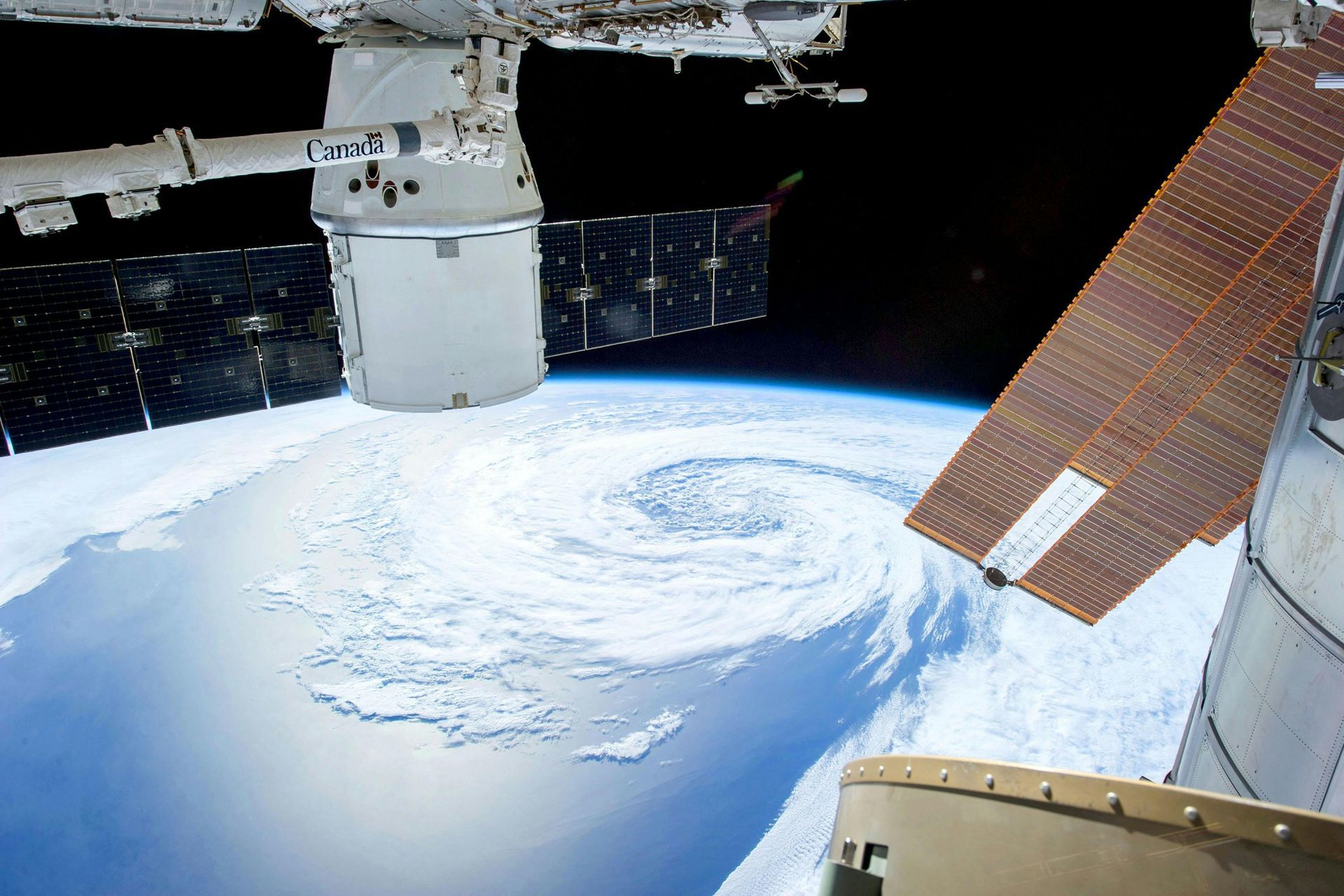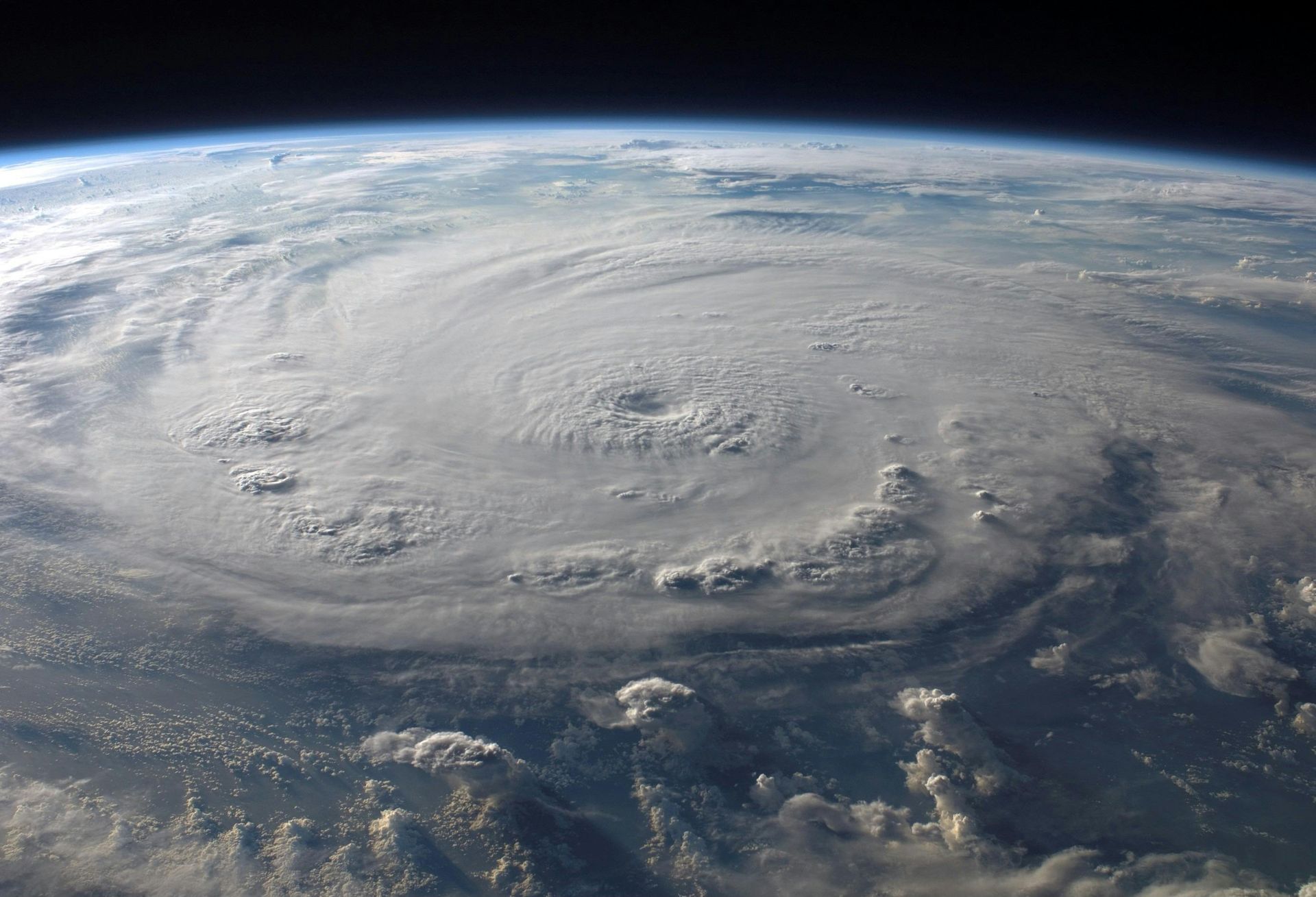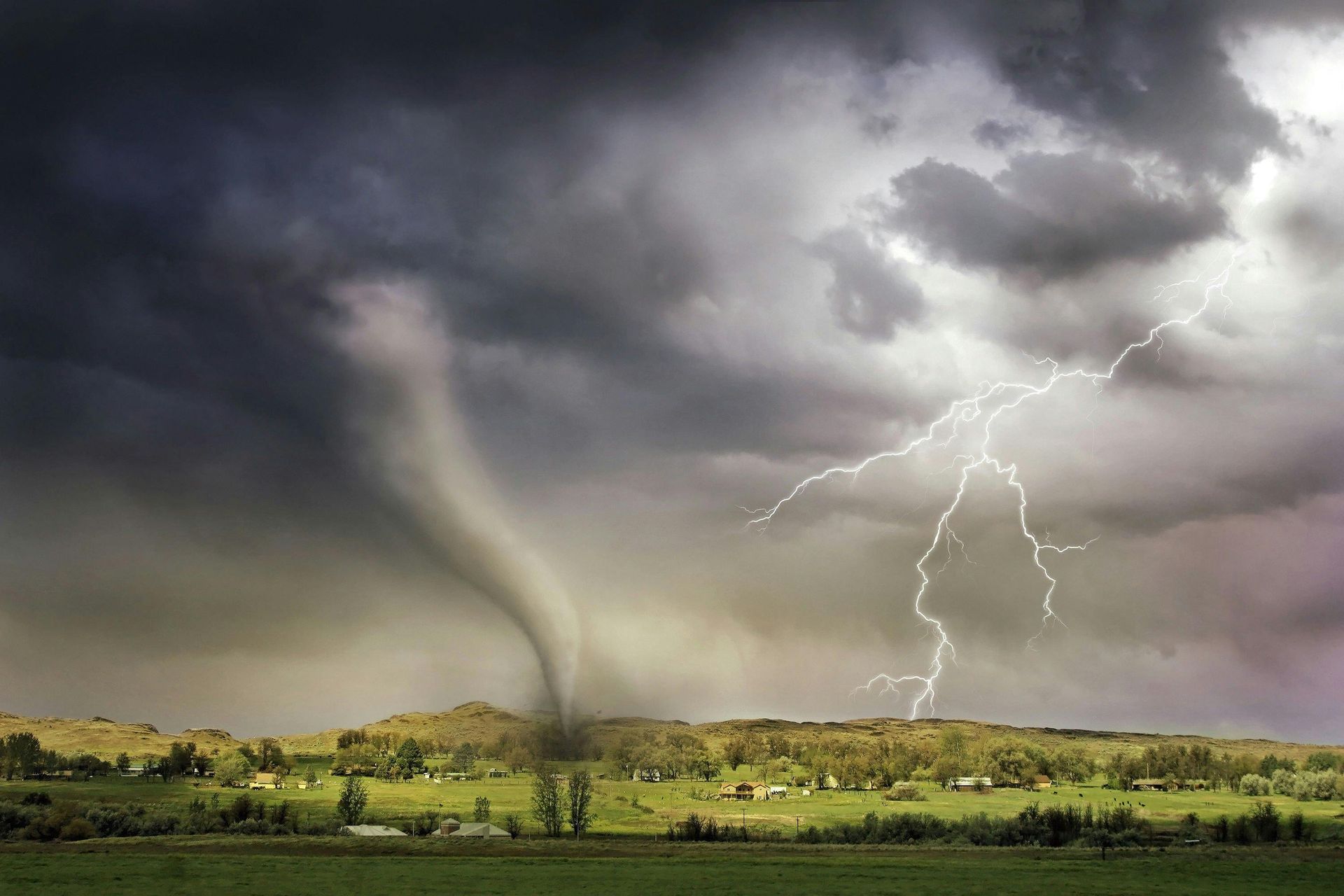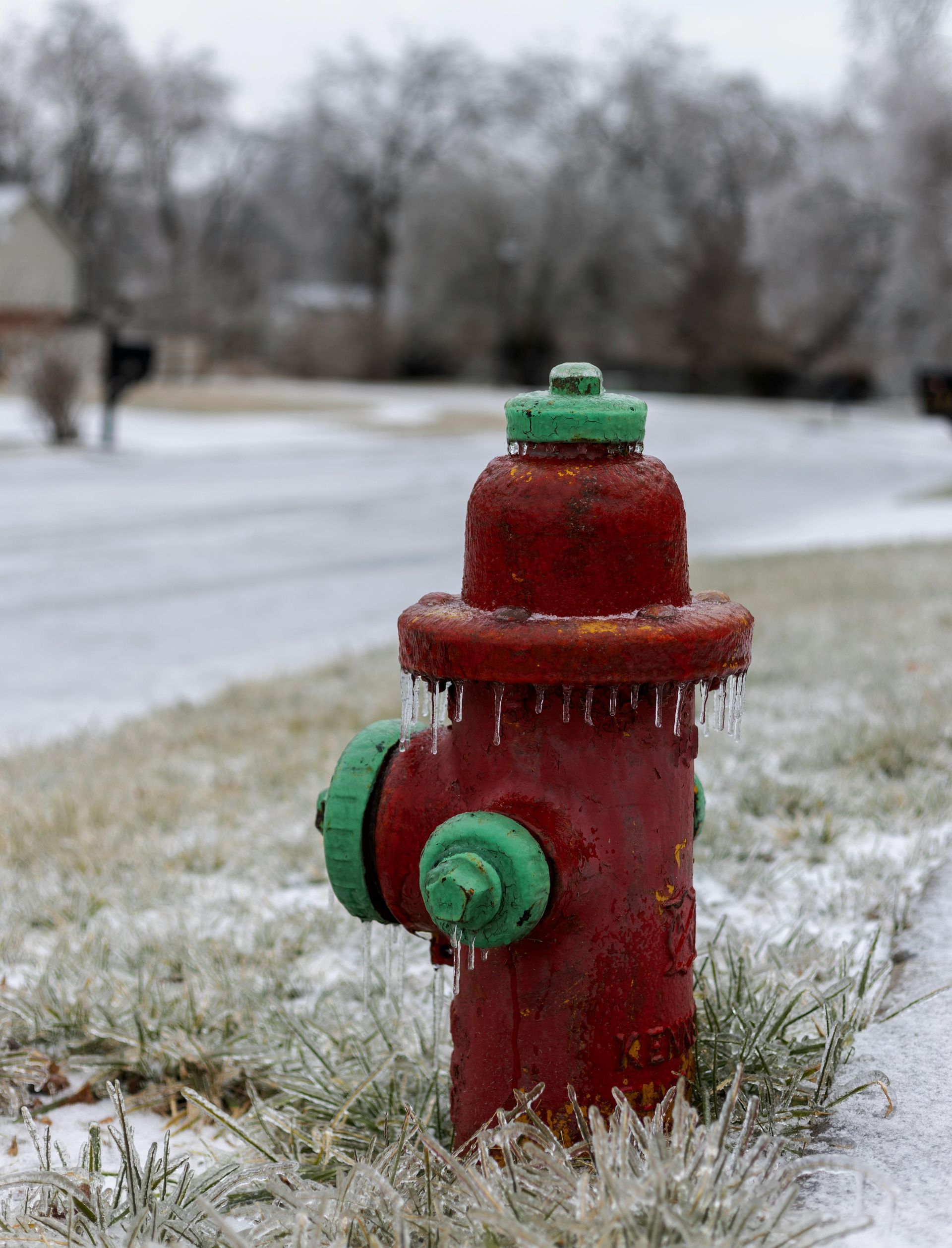How Climate Change Is Impacting Storm Intensity—and What You Can Do
The increasing intensity of storms is one of the most visible and devastating consequences of climate change. From hurricanes and typhoons to torrential rain and flooding, storms are becoming more destructive, unpredictable, and widespread. While these changes pose significant challenges, understanding the connection between climate change and storm intensity is the first step in adapting to and mitigating their impact.
At Disaster South, we believe in empowering communities with knowledge and actionable strategies to protect their homes and loved ones. This blog explores how climate change is influencing storm patterns and offers practical steps you can take to prepare and reduce your environmental footprint.
The Link Between Climate Change and Storm Intensity
Climate change affects storms in several ways, intensifying their strength, frequency, and impact. Here’s how:
- Warmer Oceans, Stronger Storms
Storms, particularly hurricanes and typhoons, draw energy from warm ocean waters. As global temperatures rise, so do sea surface temperatures. This leads to:
- More Intense Storms: Warmer waters provide more fuel for storms, increasing their wind speeds and rainfall.
- Rapid Intensification: Storms can strengthen quickly, leaving less time for preparation and evacuation.
- Increased Moisture in the Atmosphere
Warmer air holds more moisture, leading to heavier rainfall during storms. This can result in:
- Severe Flooding: Communities face heightened risks of flash floods and prolonged inundation.
- Wider Impact Zones: Rainfall can extend far beyond the storm’s center, affecting inland areas.
- Rising Sea Levels
Melting ice caps and thermal expansion of seawater are causing sea levels to rise, exacerbating storm impacts:
- Storm Surges: Higher sea levels amplify storm surges, pushing water further inland and causing more extensive flooding.
- Erosion and Habitat Loss: Coastal areas are more vulnerable to erosion and permanent damage from storms.
- Shifting Storm Tracks
Climate change may be altering storm paths, leading to unexpected impacts in regions that were previously less vulnerable:
- New Risks for Inland Areas: Regions not traditionally exposed to hurricanes or tropical storms may now face increasing risks.
What You Can Do to Prepare
While the effects of climate change may feel overwhelming, proactive steps can make a significant difference in protecting your family, property, and community. Here’s how to prepare for intensified storms:
- Fortify Your Home
Strengthen your property to withstand more intense storms:
- Install Storm Shutters: Protect windows and glass doors from flying debris.
- Secure Roofing: Use hurricane straps or clips to reinforce your roof against high winds.
- Elevate Utilities: Place electrical panels, HVAC systems, and appliances above potential flood levels.
- Develop a Comprehensive Emergency Plan
A robust emergency plan is essential for any storm season:
- Know Your Risks: Identify flood zones and storm surge areas in your region.
- Plan Evacuation Routes: Familiarize yourself with local evacuation routes and shelters.
- Prepare an Emergency Kit: Stock up on essentials like non-perishable food, water, flashlights, batteries, and first-aid supplies.
- Protect Against Flooding
As storms bring more rain and flooding, these measures can help:
- Install Sump Pumps: Prevent water from accumulating in basements or low-lying areas.
- Improve Drainage: Ensure gutters and downspouts are clear to direct water away from your home.
- Consider Flood Insurance: Regular homeowner’s insurance often doesn’t cover flood damage.
- Stay Informed
Knowledge is power when it comes to storm preparedness:
- Monitor Weather Updates: Use trusted sources like the National Weather Service or local news channels.
- Sign Up for Alerts: Subscribe to emergency notifications from local authorities.
- Listen to Experts: Follow guidance on evacuation or shelter-in-place orders.
How You Can Help Combat Climate Change
Beyond preparing for storms, taking action to mitigate climate change can reduce its long-term impact. Here’s how you can contribute:
- Reduce Energy Consumption
Lowering your energy use reduces greenhouse gas emissions:
Switch to Energy-Efficient Appliances: Look for ENERGY STAR-certified products.
Use Renewable Energy: Install solar panels or choose green energy plans.
Optimize Heating and Cooling: Seal leaks and use programmable thermostats to minimize energy waste.
- Adopt Sustainable Practices
Every small change adds up:
- Drive Less: Use public transport, carpool, or bike when possible.
- Conserve Water: Fix leaks and use water-saving fixtures.
- Minimize Waste: Recycle, compost, and reduce single-use plastics.
- Support Reforestation and Conservation
Healthy ecosystems can absorb carbon dioxide and mitigate climate impacts:
- Plant Trees: Participate in local tree-planting initiatives.
- Protect Wetlands: Advocate for the preservation of natural flood barriers like marshes and mangroves.
- Advocate for Change
Your voice matters in the fight against climate change:
- Support Climate Policies: Vote for leaders and policies focused on renewable energy and emission reductions.
- Educate Others: Share knowledge about the connection between climate change and storm intensity.
Building Resilience Together
The reality of stronger storms underscores the urgent need for preparedness and action. At Disaster South, we’re dedicated to helping families and communities navigate the challenges of climate-driven disasters. From providing expert advice on home fortifications to offering comprehensive restoration services after a storm, we’re here to support you every step of the way.
Let’s work together to build resilience, protect our homes, and combat climate change. By taking small, meaningful steps today, we can create a safer future for generations to come.
Prepare for the storms of tomorrow—start today. Contact Disaster South for personalized guidance, storm preparation resources, and restoration services. Call 877-84-STORM or visit our website to learn more.









